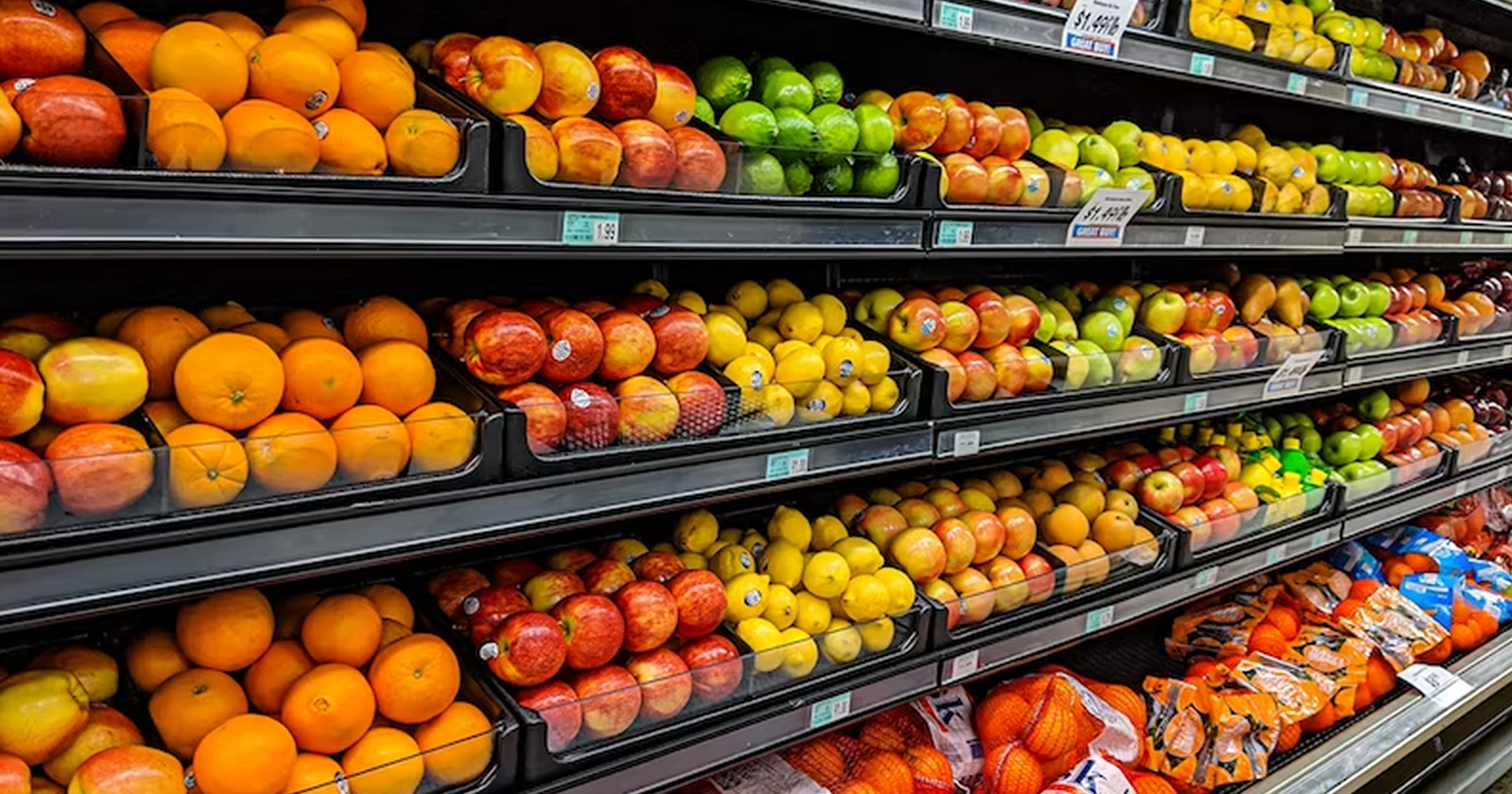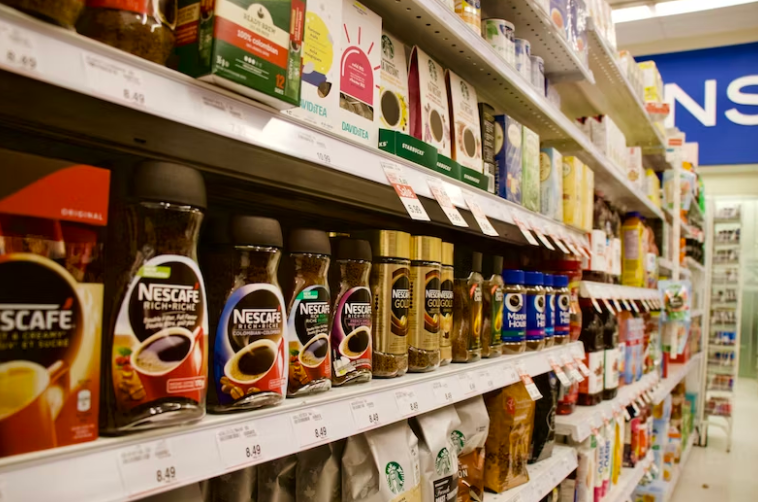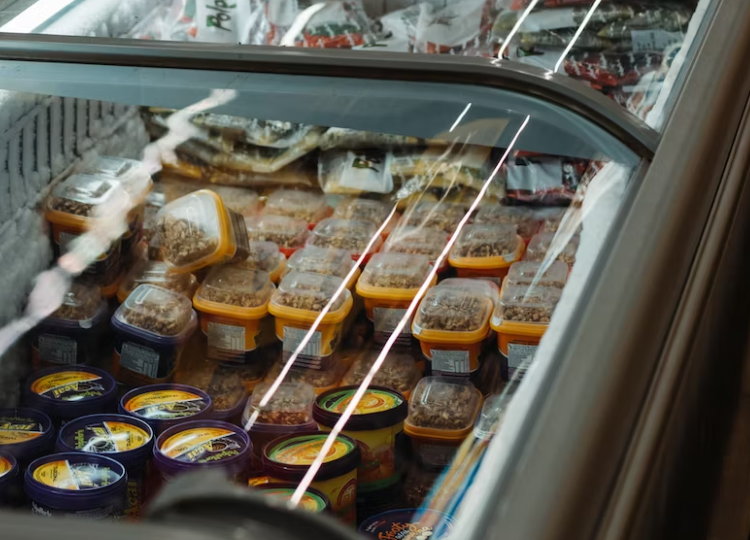Ever paused to ponder what "food waste" actually means? At its core, it's about the edible items we intend to consume but end up throwing away.
So, that sad-looking zucchini you bought with the best intentions but forgot about? Yeah, that's food waste.
On a grander scale, the numbers are jaw-dropping. Globally, a third of the food produced for our consumption doesn't make it to our plates.
That's like cooking a massive three-course meal and then chucking one entire course straight into the bin.
Ouch! And this isn't just an "over there" issue. Back home, wherever "home" is for you, we're likely wasting tons of food yearly.
"But it's just one moldy tomato," you might think. Here’s the twist: the home is precisely where the magic happens.
While big industries have their part to play, it's in our kitchens that we can make the most immediate and tangible difference.
And guess what? Addressing food waste at home isn't just good for the Earth; it's fab for our wallets, communities, and souls.
So, ready to dive in and make every bit count? Let's go!

Environmental Implications
Ever notice how trashed food starts to smell all funky after a while? That stench isn’t just an olfactory offense; it’s a sign of methane being released.
Methane, that sneaky greenhouse gas, is over 20 times more effective at trapping heat in the atmosphere than carbon dioxide.
So, every bit of tossed-out taco or forsaken fruit salad contributes to our planet's fever.
Think about it: that lettuce didn’t just magically appear in your fridge. It grew, with the help of water, sun, soil, and a farmer's sweat.
Now multiply that effort by every single food item. Tossing food isn't just about the end product.
It's about dismissing all the resources and energy that went into bringing it to your table.
Economic Implications
Let’s chat dollars and cents (or pounds, euros, yen – you get the drift). Every piece of food we waste is like tossing coins into a bin.
Over a year, think about how much you could’ve saved if you'd just eaten that last slice of bread or made a soup out of those wilting veggies.
On the macro scale, wasted food means lost economic opportunities. Think of all the jobs in agriculture, transportation, and retail that hinge on food.
When food's wasted, it's not just our personal bank accounts that suffer, but the larger economic ecosystem too.
Social Implications
This one hits right in the feels. While we’re tossing out slightly bruised apples or day-old rice, there are folks out there genuinely struggling to get a meal.
The food we waste could be nourishing someone in need.
Culture's a tricky thing, built over time and through habits. When we, as a society, get comfy with wasting, it sets a precedent.
It becomes the "norm" to just buy and toss without thought. But we can shift that narrative.
By valuing our food, we can build a culture of appreciation, mindfulness, and sustainability.

Common Reasons for Food Waste at Home
Buying in Excess or Without a Plan:
Ever walked into a store, saw those flashy discount signs, and thought, "Well, why not?" Only to find out later that you've become the proud owner of enough pasta to feed a small town? We've all been there.
Without a list or a clear plan, it's easy to be swayed by deals, offers, and those sneaky end-of-aisle displays.
And let's face it, sometimes our eyes really are bigger than our stomachs. The result? A pantry piled high with intentions but also a trash can full of regrets.
Lack of Knowledge About Food Storage:
Here’s a fun fact: tomatoes hate the fridge. Store them there, and they lose their flavor faster than you can say "salsa".
But it's not just about tomatoes. From bananas making other fruits ripen faster to the great debate about whether eggs need refrigeration, food storage can sometimes feel like a game you're set to lose.
If we don’t understand the likes and dislikes of our groceries, they can go bad before we get around to using them.
Cooking More Than Needed:
You know those days when you're feeling all MasterChef-y and end up whipping up a feast fit for a royal banquet? Only problem: there are just three of you at home.
While leftovers can be a lifesaver for next day's lunch or dinner, sometimes we simply overestimate, making more than can be consumed or stored.
And unless you've got a super enthusiastic dog (who, by the way, shouldn't be given everything we eat), that excess often finds its way to the trash.
Misunderstanding of Expiration Dates:
"Best by," "Sell by," "Use by" – these labels can be as confusing as trying to decipher a teenager's text messages.
Is it a strict deadline? A mere suggestion? The truth lies somewhere in between.
A lot of food that’s past its "best by" date is still perfectly safe to eat, it might just not be at its peak flavor.
But out of caution (or confusion), many of us toss products out as soon as that date arrives, leading to perfectly edible food being wasted.

Strategies to Minimize Food Waste
Planning and Purchasing
Meal Planning:
Pop quiz: What are you having for dinner on Thursday? Not sure? That's where meal planning comes into play.
By planning your meals for the week, you can anticipate what ingredients you'll need. This not only saves you from unnecessary purchases but also makes sure that what you buy gets used up.
Plus, imagine the satisfaction of knowing you've got dinner figured out every single day!
Shopping with a List:
Let's weaponize that meal plan with an actionable shopping list. Marching into a store with a list in hand is like having a food-waste-fighting shield.
It helps you resist the siren song of impulse buys and ensures you pick up everything you need for your masterfully planned meals.
Buying in Appropriate Quantities:
It might be tempting to buy that jumbo bag of avocados because it's on sale, but will you eat them before they turn into squishy sadness? It's about balance.
Grab deals when they make sense, but always ask: “Will I use all of this before it goes bad?”
Proper Storage
Understanding Different Requirements:
Every food item has its own personality. While apples and oranges might seem like they'd be best buddies, storing them together might lead to quicker ripening (thanks to the ethylene gas apples release).
Brush up on the specific needs of various food items, so they stay fresh for longer.
Using Transparent Containers for Leftovers:
Out of sight, out of mind, right? Using clear containers for leftovers ensures you remember what's in there.
No more mysterious food containers lurking in the back, forgotten until they turn into science experiments.
Regularly Checking and Organizing the Fridge and Pantry:
Set a reminder to do a quick fridge and pantry audit every week. Rearrange things so that older items are at the front and new purchases go to the back. It's like rotation in a grocery store, but for your home!

Facts About Food Waste
- Amount of Wasted Food:
- On average, households waste approximately 25-30% of the food they buy.
- Financial Impact:
- In the U.S., it's estimated that the average family of four throws away food worth about $1,500 to $2,000 annually.
- For the UK, the average family with children wastes about £700 (around $900) worth of food annually.
- Environmental Impact:
- If food waste were a country, its greenhouse gas emissions would rank third, after China and the U.S.
- Every tonne of food waste prevented can save up to 4.2 tonnes of CO2 equivalent – that’s the same as driving 14,000 miles in an average car.
- Potential Savings:
- Reducing food waste by just 15% could save enough food to feed more than 25 million Americans every year.
- If every home in the UK stopped wasting food for just one day, it would have the same environmental impact as planting half a million trees.
- Commonly Wasted Foods:
- The most commonly wasted foods in households include fruits, vegetables, dairy products, and baked goods like bread.
- It's estimated that about half of all fruits and vegetables purchased in developed countries are thrown away by consumers.
- Broader Picture:
- Globally, 1.3 billion tonnes of food, worth roughly $1 trillion, gets lost or wasted every year. That's enough to feed the world's undernourished more than twice over.
These figures give an insight into the scale of the problem but also the potential for households to make a significant difference.
By taking steps to reduce food waste, families can not only save money but also contribute to a more sustainable and responsible global community.

